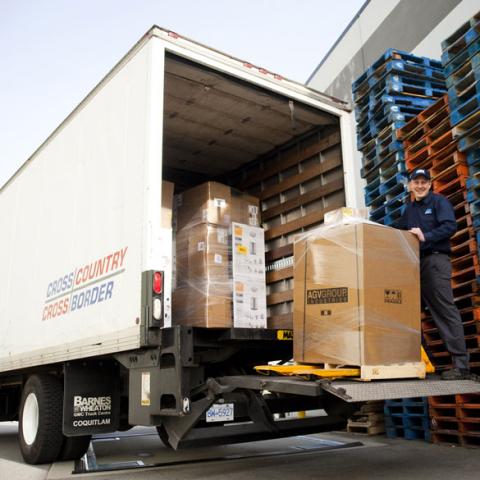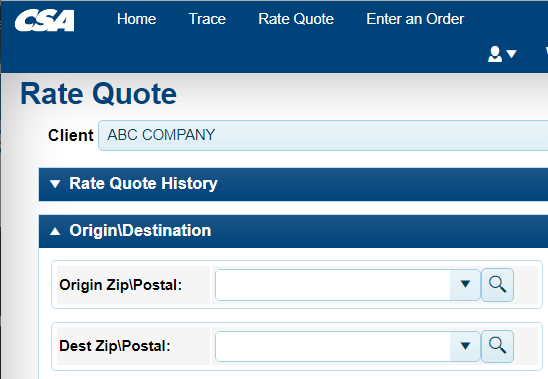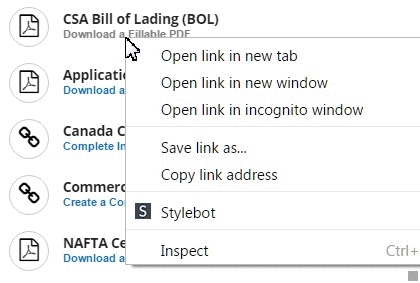Wood Pallet Shipping Between Canada and the USA May Soon Be Regulated
Packaging materials such as pallets and crates have been subject to regulation by both the US and Canada under an agreement known as the International Standards for Phytosanitary Measures No. 15 (ISPM 15) since September 2005.
These rules have been put in place to prevent the spread of invasive wood-eating insects by requiring lumber used in wood packaging to be de-barked and either heat treated or fumigated with methyl bromide. However to date, wood packaging materials shipping between the US and Canada have been exempt from this rule, though that may now change.
The less restrictive requirements for wood packaging materials (WPM) were based on the premise that US and Canadian forests share a common boundary, and therefore common pests; however, a notice published in the 2010 Federal Register states that some of the forest pests found in the US aren't found in Canada, and vice versa, and that others "are pests that also occur in the United States but are subject to official control in order to prevent their further spread.”
How soon the change will come is still uncertain -- some experts estimate late 2014 or 2015-- although the two countries have considered putting an end to that exemption for years.
The Canadian Wood Pallet and Container Association said most of the WPM currently used for shipping from Canada to the US is not treated. Eliminating the existing exemption would require all WPM traveling between Canada and the US to be treated and could result in a raise in the cost of pallets by as much as $2 each -- a cost exporters and consumers would likely have to absorb in the form of higher priced consumer goods, many of which are household staples such as food and paper products.








